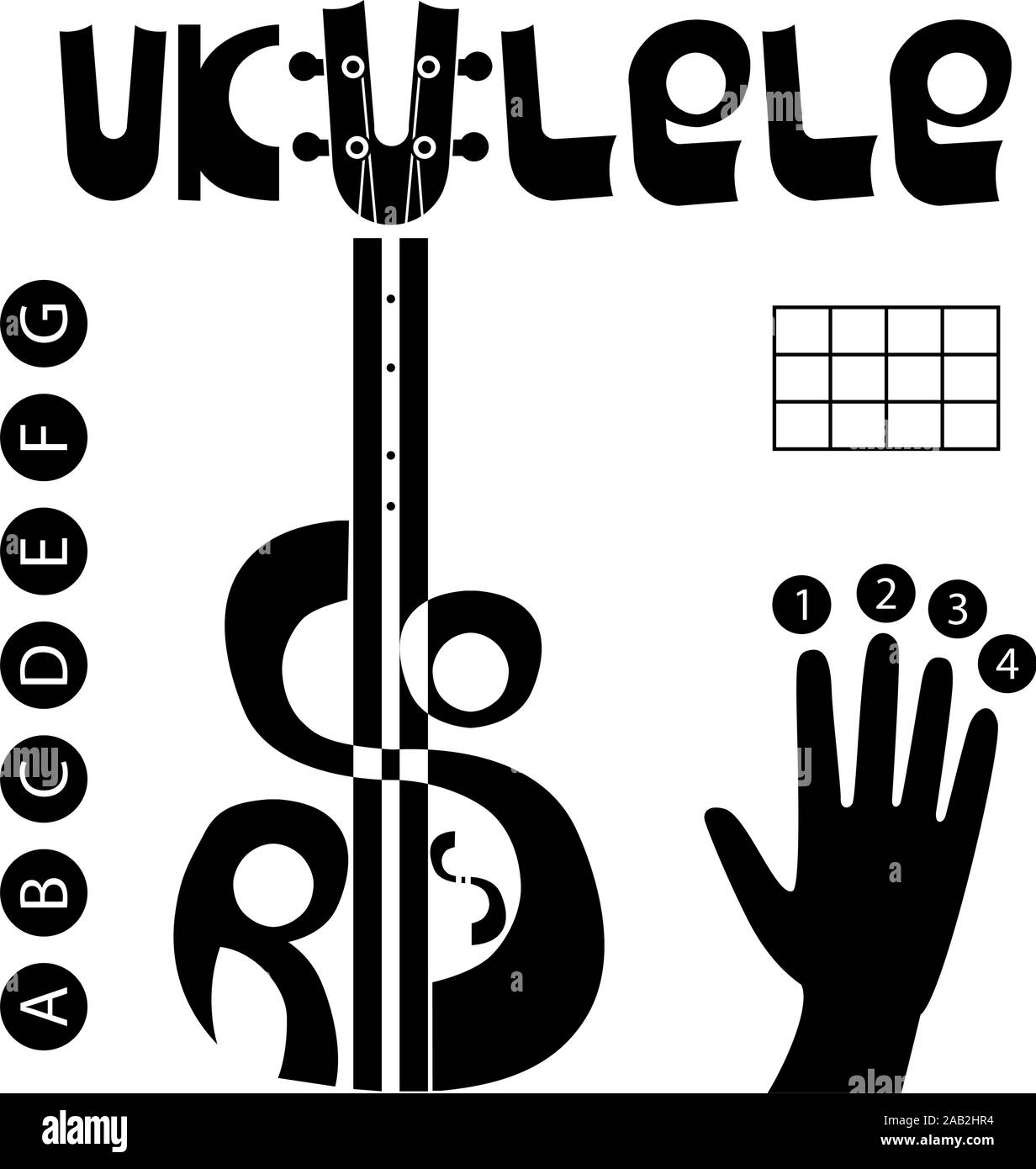

Here are the same chords in Baritone Tuning (DGBE): G Chords used are G, C, D7, Em, D, and Am7. The plant is also an evergreen which means it was used as decoration for the Christmas season. The pointy leaves representing the crown of thorns worn by Jesus, and the red berries representing his blood. The Holly plant in traditional European Christian culture is an important symbol. The first known printed versions of the song are from the early 1800’s. “The Holly and the Ivy” is a Christmas carol of traditional British origin. Chords used include G, D7, C, D, A7, E7, and Am.ġ1. Later it was adapted to a Felix Mendelssohn melody by Charles Wesley and George Whitefield. “Hark! The Herald Angels Sing” was written in 1739. “Hark! The Herald Angels Sing” – Key of G Major “Good King Wenceslas” Chords Used in Baritone Tuning (DGBE): Aġ0. This is the only song in the collection in the key of A major. The lyrics to “Good King Wenceslas” were written in 1853 by John Mason Neale, and they were set to the melody of a carol from the 1200’s. “God Rest Ye Merry Gentlemen” Chords in Baritone Tuning (DGBE): Gmĩ. Chords used include: Gm, D7, Cm, Bb, and F. It was written sometime during or before the 1500’s, but the earliest known published version is from 1760. “God Rest Ye Merry Gentlemen” is a traditional Christmas carol of English origin. “God Rest Ye Merry Gentlemen” – Key of G Minor Chords used include: G, D, C, A7, and D7.Ĩ. “Go Tell It On The Mountain” is a Christmas carol originating from the American south. “Go Tell It On The Mountain” – Key of G Major This is another song that should be good for beginners as it only contains I, IV, and V chords (with some V7’s thrown in for good measure).ħ. The term “Noel” comes from the French “ Noël“, which means “the Christmas season”. “The First Noel” is a Christmas carol of Cornish origins. Chords used are G, D7, Bm, Em, A7, and D. The melody was originally a Welsh song from the 1500’s. “Deck the Halls” was written in 1862 by Thomas Oliphant, a Scottish musician. It was first translated into English in the 1700’s. “Bring a Torch, Jeanette, Isabella” was originally a French Christmas carol written in the 1600’s. “Bring a Torch, Jeanette, Isabella” – Key of G Major Here they are on the ukulele in GCEA tuning: GĤ. This version should be pretty easy as there are only three chords (I, IV, and V7).

It has been written and performed in many variations, and the following is just one of many versions. “Away in a Manger” was written in the late 1800’s by an unknown person. It’s commonly played at New Year celebrations in the Anglosphere. The literal translation of “Auld Lang Syne” from Scots to English is “Old Long Since”, which idiomatically would translate to “days gone by” or a similar nostalgic expression of the past. “Auld Lang Syne” was written by the famous Scottish poet Robert Burns in 1788 to the melody of a traditional folk song. Uses the chords G, D, D7, E7, Am, D7, and C.Ĭhords Used in Standard C Tuning (GCEA Ukulele): GĬheck out our “Auld Lang Syne” Ukulele Chords and Tabs page, for the chords and tabs to this song. “Angels We Have Heard on High” was written in 1861 by James Chadwick to the melody of the hymn “Gloria”. “Angels We Have Heard on High” – Key of G major


 0 kommentar(er)
0 kommentar(er)
